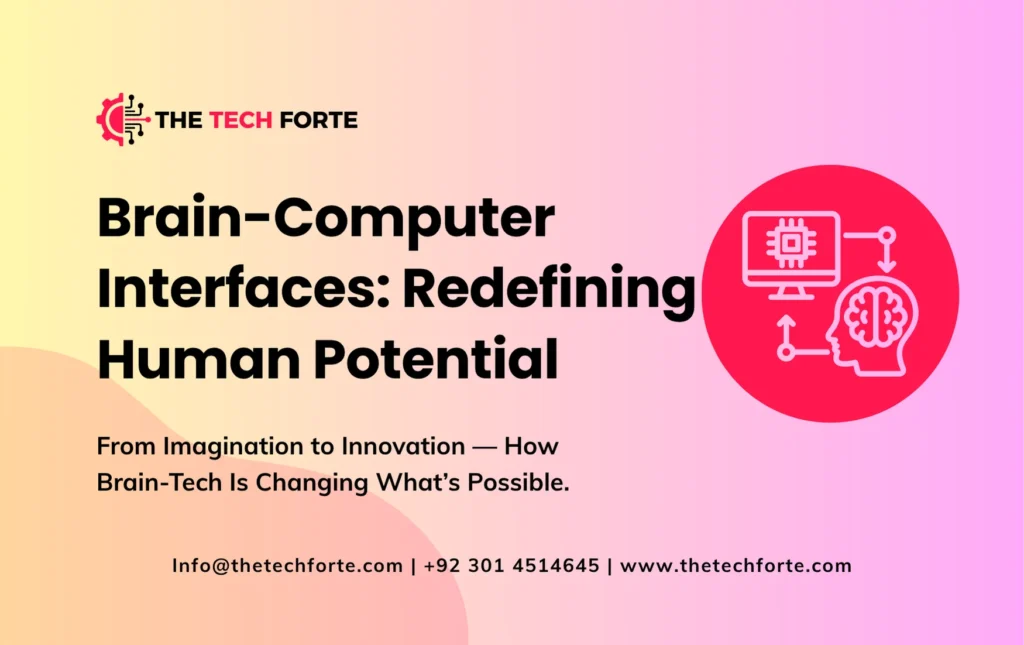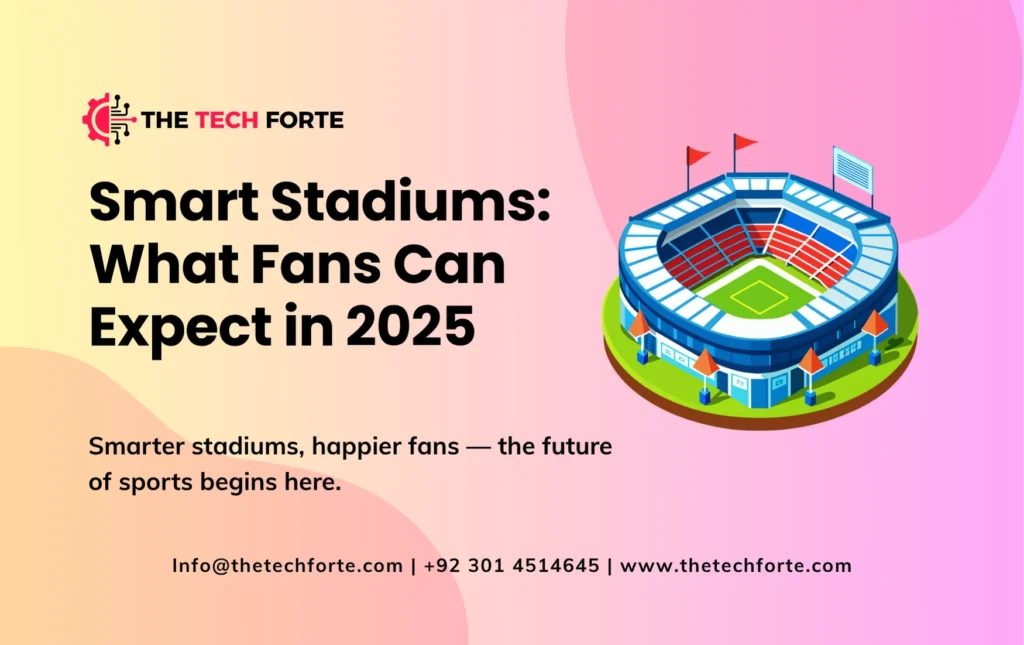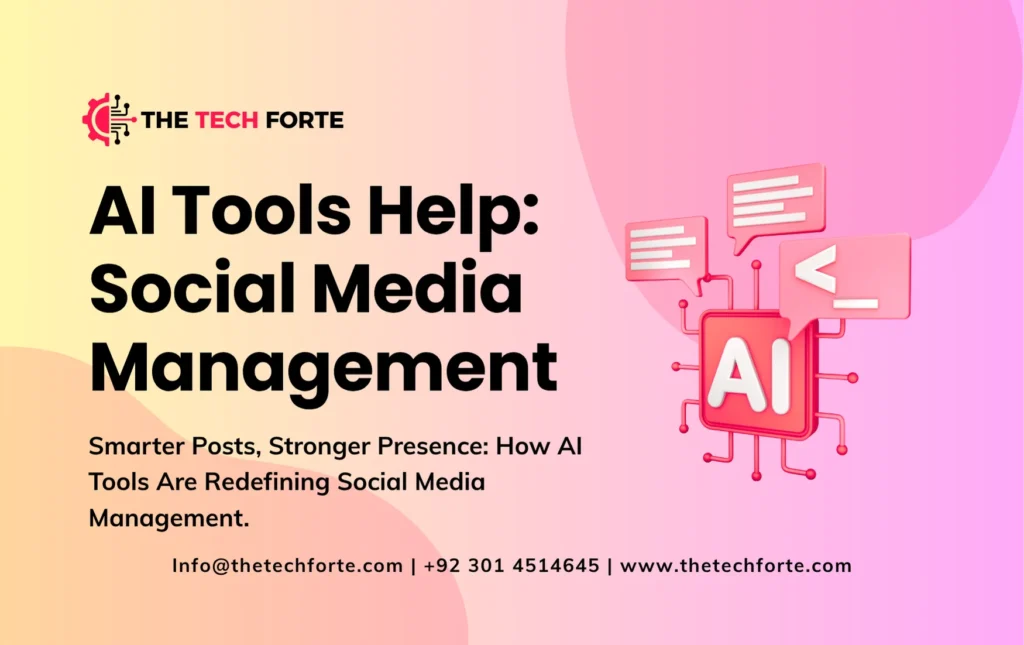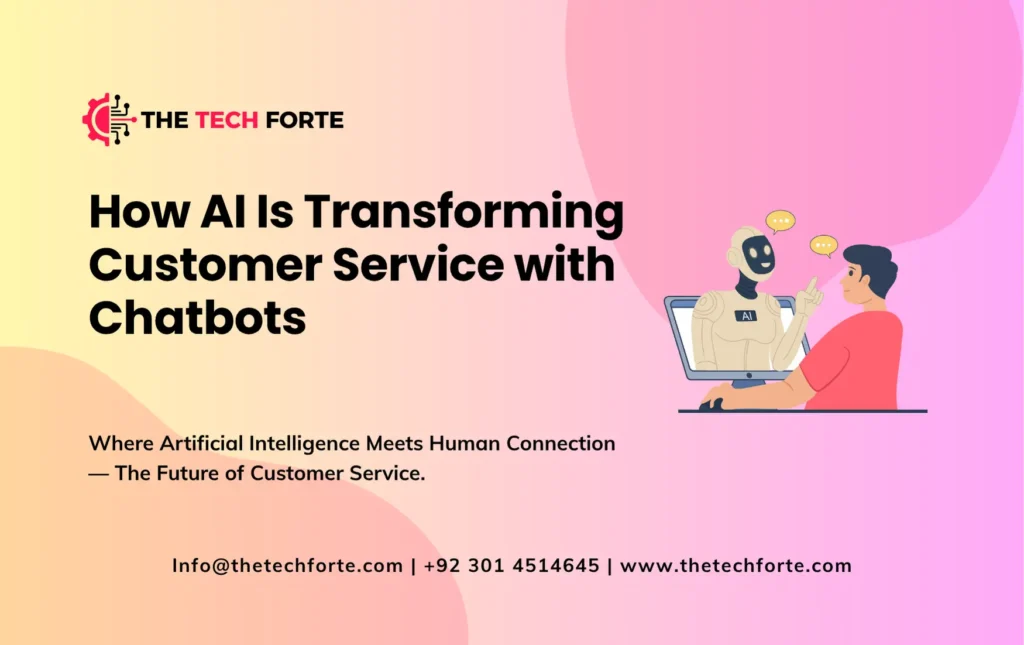Smart Stadiums: What Fans Can Expect in 2025

The way we experience live sports is changing faster than ever. As we step into 2025, smart stadiums are redefining what it means to be a fan. Gone are the days of long lines, patchy Wi-Fi, and missed replays. The future of smart stadiums promises seamless connectivity, immersive entertainment, and sustainability — all powered by AI, IoT, and 5G.
In this article, we’ll explore what fans can expect from smart stadium technology, how AI in smart stadiums is transforming the game, and what innovations are making venues more connected and intelligent than ever before.
What Makes a Stadium “Smart”?
A smart stadium is a technologically enhanced sports venue designed to deliver a connected, efficient, and personalized fan experience. Through IoT sensors, AI-driven analytics, and 5G connectivity, smart stadiums automate operations and engage fans in real time.
These systems collect and analyze data — from ticket sales to crowd movement — ensuring safety, comfort, and entertainment. By 2025, connected stadiums will become the new normal, offering fans convenience, speed, and interaction like never before.
The Role of AI in Smart Stadiums
AI in smart stadiums is revolutionizing sports management. Artificial intelligence helps venue operators analyze fan behavior, predict crowd flow, and personalize in-stadium experiences.
AI tools power real-time fan engagement, from personalized promotions to intelligent seating recommendations. AI-driven camera systems and sensors also improve security and operational efficiency.
By integrating AI-powered analytics, smart stadiums can adjust lighting, temperature, and even sound levels to match the game’s mood — making every moment unforgettable.
IoT in Sports Venues: Connecting Every Experience
The Internet of Things (IoT) is the backbone of smart stadium technology. IoT connects thousands of devices — from digital ticket scanners to smart vending machines — creating a synchronized ecosystem.
In 2025, fans can expect faster check-ins, contactless stadium entry, and real-time information updates through connected apps. IoT also enhances crowd management, optimizing movement through smart gates and alert systems.
These innovations ensure that attending a live match is not just exciting but also safe and efficient.
The Power of 5G Stadium Connectivity
One of the biggest upgrades in smart stadiums 2025 is 5G connectivity. With ultra-fast speeds and minimal latency, fans can stream instant replays, share content, or access interactive stats without interruption.
5G also supports AI and IoT integration, enabling real-time communication between devices and platforms. This connectivity ensures smooth mobile ticketing, food orders, and even AR-based fan experiences.
For venues, 5G powers efficient data transfer and instant analytics, transforming how stadiums operate behind the scenes.
Smart Fan Experience: Beyond Watching the Game
The smart fan experience in 2025 is more immersive than ever. Using augmented and virtual reality (AR/VR), fans can enjoy immersive entertainment such as 360° replays or player perspectives through their smartphones or AR glasses.
In addition, AI-powered fan engagement tools tailor recommendations for food, merchandise, and seat upgrades. Stadiums are becoming intelligent entertainment hubs, offering both digital and physical experiences that extend beyond the field.
Digital Ticketing and Contactless Entry
Paper tickets are becoming a thing of the past. Digital ticketing in stadiums simplifies access and enhances security. Using QR codes, NFC, or facial recognition, fans can enter seamlessly without delays.
In 2025, contactless stadium entry will also ensure hygiene and efficiency. Linked with fan apps, digital tickets allow personalized offers, parking assistance, and loyalty rewards.
This tech-driven access management system keeps operations smooth while ensuring each visitor’s safety and convenience.
Smart Seating and Crowd Management
Managing tens of thousands of fans in real-time is no easy task — that’s where smart seating and crowd management come in. Through IoT sensors and AI analytics, stadiums monitor crowd flow and seating occupancy to prevent congestion.
Fans can receive directions to the least crowded restrooms or exits via the stadium app. These features not only enhance comfort but also improve safety by minimizing bottlenecks during peak moments or emergencies.
Stadium Automation Systems
From climate control to lighting, stadium automation systems ensure operational efficiency. Automated controls adjust temperature based on occupancy, while smart lighting systems enhance visibility and reduce energy use.
In 2025, stadiums can automatically schedule maintenance, manage utilities, and even detect technical faults before they cause disruption. These innovations help stadiums operate sustainably while cutting costs and improving the fan experience.
Stadium Sustainability Technology
Sustainability is a top priority in future smart stadiums. The integration of energy-efficient lighting, solar power systems, and smart water management significantly reduces environmental impact.
IoT-powered waste management and automated recycling systems make venues greener and more efficient. As fans become more eco-conscious, stadiums are aligning their operations with global sustainability goals — turning sports venues into eco-smart landmarks.
Real-Time Fan Engagement and Personalization
AI-powered engagement platforms allow teams to connect with fans like never before. Through apps, fans receive personalized notifications, merchandise discounts, and live polls.
Real-time engagement tools such as AI chatbots and interactive screens create a two-way interaction between fans and teams. By 2025, smart stadiums will not only host events but also build digital communities that keep fans connected even after the game ends.
Smart Lighting and Energy Management
Smart lighting systems are central to both sustainability and entertainment. Using motion sensors and AI-driven energy control, lights adjust automatically to optimize power use.
During halftime or key plays, lighting integrates with sound systems for synchronized light shows that enhance the viewing experience. Combined with energy management systems, smart lighting ensures reduced carbon footprints and vibrant, dynamic displays.
Security and Data Analytics in Smart Stadiums
Modern stadiums rely heavily on AI-driven analytics for safety and operational management. Cameras equipped with facial recognition and predictive AI can detect unusual behavior and alert authorities instantly.
Data from ticketing, movement, and purchase history also helps stadiums improve planning and fan services. This data-driven intelligence ensures security while continuously enhancing the stadium experience for fans.
AI-Driven Stadium Operations
In AI-powered smart stadiums, automation goes beyond entertainment. Machine learning algorithms predict maintenance needs, optimize staffing, and manage energy consumption.
AI tools analyze patterns from previous events to forecast crowd behavior or concession demand. The result? Smarter decision-making, lower costs, and flawless event execution — making every match-day seamless for both organizers and fans.
Best Examples of Smart Stadiums Around the World
Several venues are already leading the smart stadium revolution.
- Tottenham Hotspur Stadium (UK): Features integrated 5G, smart food delivery, and AI crowd tracking.
- SoFi Stadium (USA): A connected entertainment hub powered by AI, AR experiences, and sustainability tech.
- Education City Stadium (Qatar): Uses IoT for smart cooling and energy efficiency.
These examples demonstrate how intelligent sports infrastructure is setting the standard for smart stadiums 2025.
Future Trends in Smart Stadium Innovation
The future of smart stadiums is only getting brighter. Expect deeper AI integration, enhanced VR/AR experiences, and hyper-personalized fan interactions.
As 5G continues to evolve, data-driven stadiums will deliver real-time analytics and even holographic replays. In the long term, we might even see fully autonomous stadiums where AI handles everything from crowd flow to game-day experiences.
Benefits of AI and IoT in Modern Stadiums
Combining AI and IoT offers countless benefits — from improved safety to personalized engagement.
- Real-time updates on game stats, queues, and food orders.
- Faster entry through biometric verification.
- Energy and resource efficiency through automation.
- Enhanced crowd management for safety and comfort.
In 2025, these technologies will not just be luxuries but essentials for large-scale sports venues worldwide.
Frequently Asked Questions (FAQs) About Smart Stadiums 2025
What makes a stadium “smart”?
A smart stadium integrates cutting-edge technologies, such as AI, IoT, and 5G, to enhance fan experiences and streamline operations. These venues use sensors, automation systems, and real-time analytics to manage lighting, crowd movement, ticketing, and even air quality. The goal is to create an environment that’s connected, efficient, and personalized for every fan.
How do smart stadiums improve the fan experience?
Smart stadiums 2025 are designed to make live sports more enjoyable and seamless. Fans benefit from contactless entry, mobile food ordering, smart seating guidance, and AR-based replays. With 5G connectivity, they can stream highlights instantly, get real-time game data, and interact with other fans through mobile apps. The result is a fully immersive and interactive stadium experience.
Which technologies power smart stadiums in 2025?
In 2025, the backbone of smart stadium technology includes AI-driven analytics, IoT sensors, 5G networks, and automated management systems. These technologies work together to enhance security, sustainability, and connectivity. Stadiums also rely on cloud-based data processing and AI-powered control systems to deliver real-time insights for fans and staff alike.
Are smart stadiums sustainable?
Yes — sustainability is one of the biggest focuses of modern stadium design. Smart stadiums use renewable energy sources, LED smart lighting, and automated waste management systems to reduce their environmental impact. AI and IoT also help monitor energy use, optimize air conditioning, and ensure responsible water management, making these venues greener and more efficient.
How does AI help manage large stadium crowds?
AI in smart stadiums plays a crucial role in ensuring fan safety and comfort. It uses data from IoT cameras and sensors to predict crowd movement, prevent congestion, and manage entry and exit points efficiently. AI can even send personalized alerts to fans via mobile apps, guiding them to less crowded restrooms or exits — improving the overall flow of people throughout the event.
What are the best smart stadiums in the world today?
Some of the most advanced connected stadiums include:
Education City Stadium (Qatar) – a model of eco-friendly smart infrastructure with IoT-based cooling systems.
These venues are exemplary of how technology can revolutionize the fan experience.
SoFi Stadium (USA) – known for its massive 4K video screens and full 5G integration.
Tottenham Hotspur Stadium (UK) – features AI crowd tracking and sustainable energy systems.
What’s next for the future of smart stadiums?
By 2030, we’ll likely see fully autonomous smart stadiums where AI and robotics handle maintenance, operations, and even fan services. Expect more AR/VR experiences, personalized digital engagement, and sustainable energy innovations. The future of smart stadiums will blend entertainment, convenience, and eco-conscious design — creating the ultimate sports experience for every fan.
Conclusion: The Future of Live Sports is Smart, Connected, and Immersive
By 2025, smart stadiums will redefine how fans experience sports. Powered by AI, IoT, and 5G, these venues will offer comfort, engagement, and sustainability in every corner.
From digital ticketing to AI-powered fan analytics, technology is bridging the gap between the physical and digital worlds — creating unforgettable moments.
The future of smart stadiums isn’t just about watching the game; it’s about living it.











































































































































































